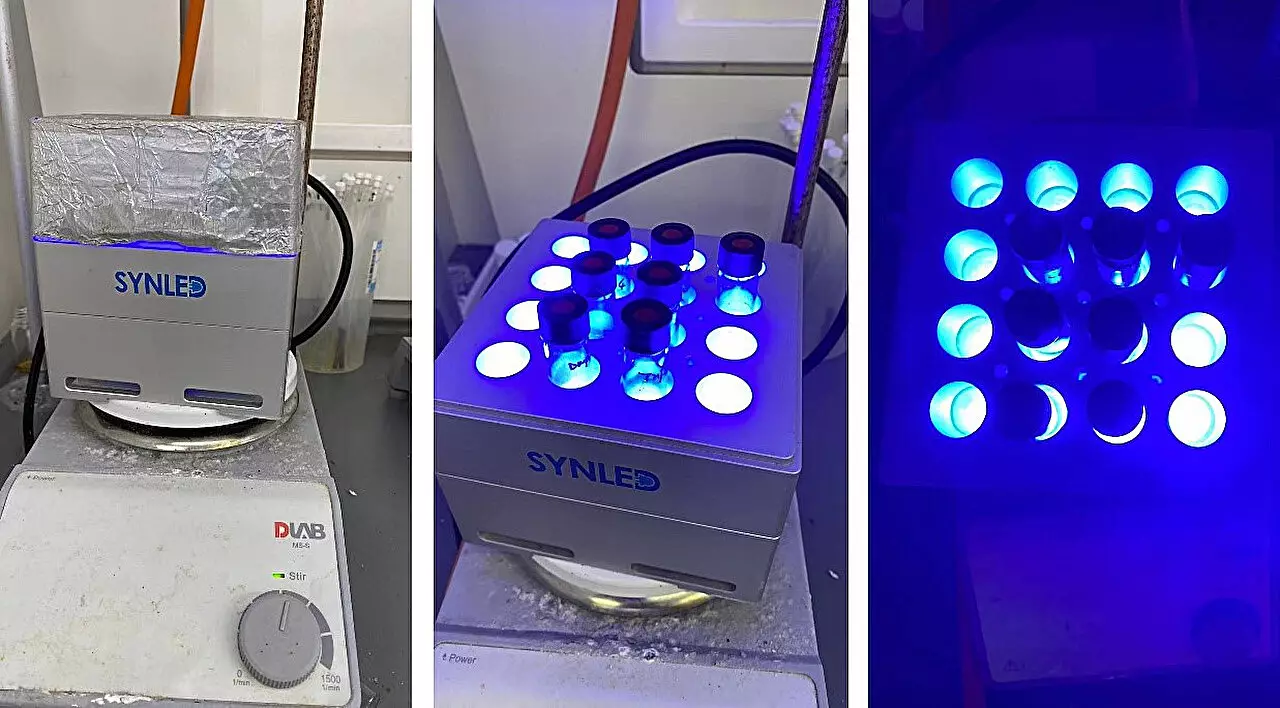The field of carbohydrate chemistry has long been overshadowed by the complexities surrounding the synthesis of glycosides and glycoproteins. The challenges include not just the intricate structures of carbohydrates, but also the conventional need for protecting groups in chemical reactions. These hurdles have reduced the efficiency and increased the waste associated with carbohydrate synthesis, hindering advancements that could benefit various industries, from pharmaceuticals to cosmetics.
A recent innovation from researchers at the National University of Singapore (NUS), led by Associate Professor Koh Ming Joo, aims to change this narrative altogether. Their novel approach bypasses the tedious, multi-step protecting-group chemistry to convert native sugars into a range of stable glycosides and glycoproteins—a breakthrough that could redefine the landscape of glycochemistry.
The ‘Cap and Glycosylate’ Method: Nature as a Blueprint
Drawing inspiration from the efficiency of nature, the research employs a process intriguingly dubbed ‘cap and glycosylate.’ This technique seeks to replicate the remarkable capabilities of glycosyltransferases, enzymes that perform site-selective glycosylation at the anomeric carbon without needing to protect other hydroxyl groups. By focusing on activating the anomeric hydroxyl group in sugars and substituting it with a nucleophilic thiol, the researchers create a temporary thioglycoside intermediate.
What sets this approach apart is its simplicity—the entire transformation occurs in a single operation, thereby eliminating the extensive waste typically associated with traditional methods. Furthermore, the photoinduced conditions under which the thioglycoside is processed ensure that the glycosylation takes place efficiently and accurately, yielding a diverse array of glycosyl compounds, including densely functionalized C-glycosyl and S-glycosyl derivatives.
The impact of this methodology isn’t limited to small molecules; it extends to complex biomolecules, showcasing the versatility of the ‘cap and glycosylate’ technique. The ability to perform post-translational chemical glycosylation of proteins—an area previously fraught with challenges—is a particularly groundbreaking aspect of this research.
Unlocking New Avenues in Drug Development
The implications of this research extend far beyond the laboratory; they beckon significant advancements in drug development and therapeutics. The efficiency with which glycosylation can be achieved opens doors to designing sugar-based drugs that are not only more effective but also environmentally sustainable. As the researchers demonstrate their ability to achieve C-glycosylation across proteins of varying sizes and structures, it becomes abundantly clear that this method holds immense promise for the development of innovative treatments.
The use of glycosyl radicals as benign, reactive intermediates is another facet that adds to the method’s appeal. Prof. Benjamin G. Davis from the University of Oxford emphasizes the remarkable utility of these carbon-centered radicals, which have the potential to alter the functionality of biological molecules significantly. This not only sets the stage for minor enhancements to existing drugs but may also catalyze the emergence of novel therapeutics that can interact with biological pathways in unprecedented ways.
Facing the Challenges and Embracing the Future
Despite the promising nature of this biomimetic approach, it is essential to acknowledge the challenges that still lie ahead. The chemical community has been quick to recognize the potential of carbohydrate chemistry, yet traditional methods have often restrained innovation due to their inherent complexities. Assoc Prof Koh and his team’s endeavor to eliminate these restraints is commendable, yet it will take time for this new paradigm to be thoroughly embraced across various industries.
There remain doubts about the scalability of such methods once they move from academic laboratories to commercial production lines. Will the efficiency achieved in a controlled lab environment translate into large-scale production without compromising on quality? These are the types of questions that must be answered to realize the full impact of this groundbreaking research.
Moreover, industries that depend on glycochemistry must adapt to this new technique, which may require reevaluating established practices. Resistance to change is common in any field, particularly one as complex as chemistry. Still, the potential benefits in terms of cost savings and time efficiency should serve as a compelling argument for wide adoption.
The biomimetic ‘cap and glycosylate’ technology represents a significant leap forward in carbohydrate synthesis. This innovation not only challenges the status quo but also lays the groundwork for a new era of effective, sustainable synthesis in pharmaceuticals, cosmetics, and biotechnology. The only question that remains is: Are we ready to embrace this exciting change?


Leave a Reply